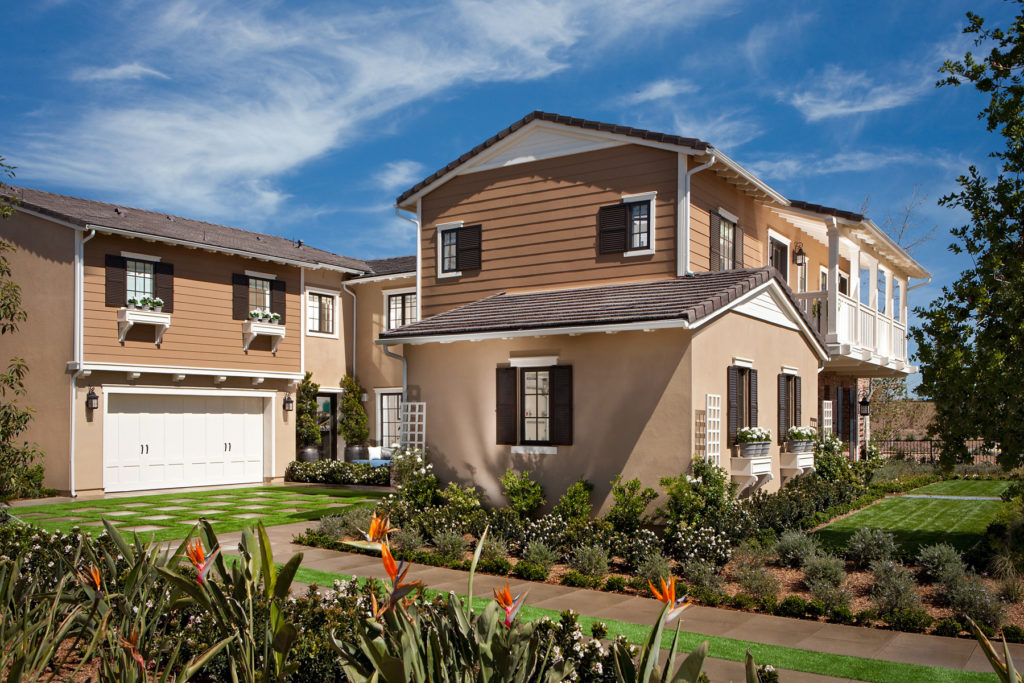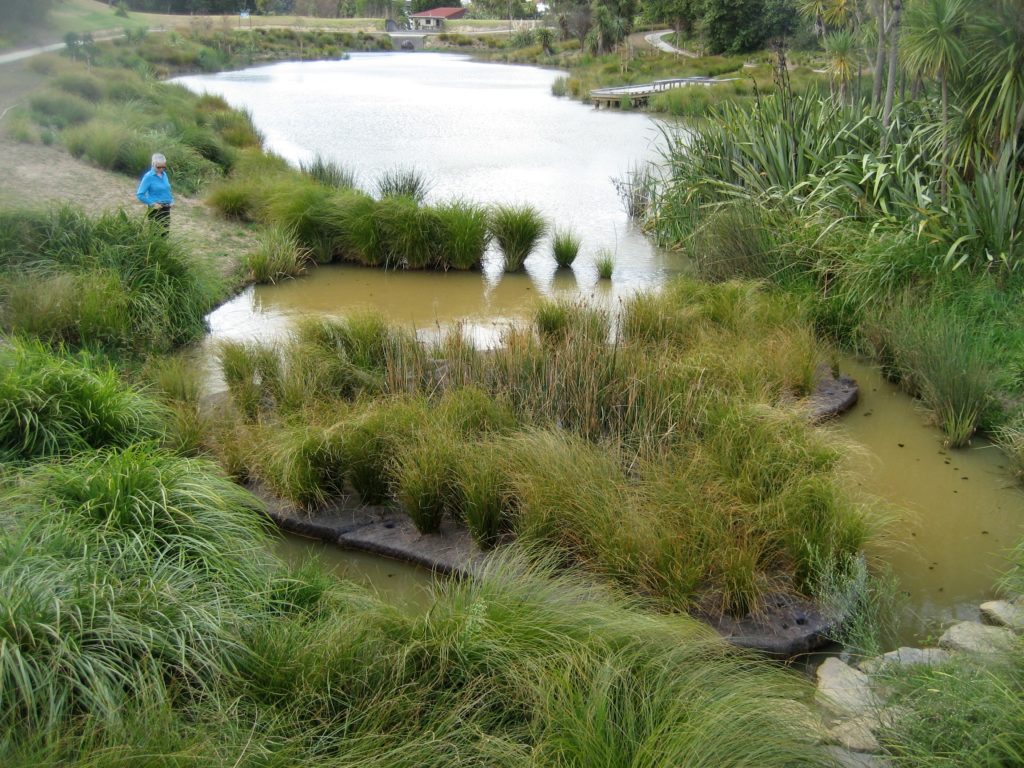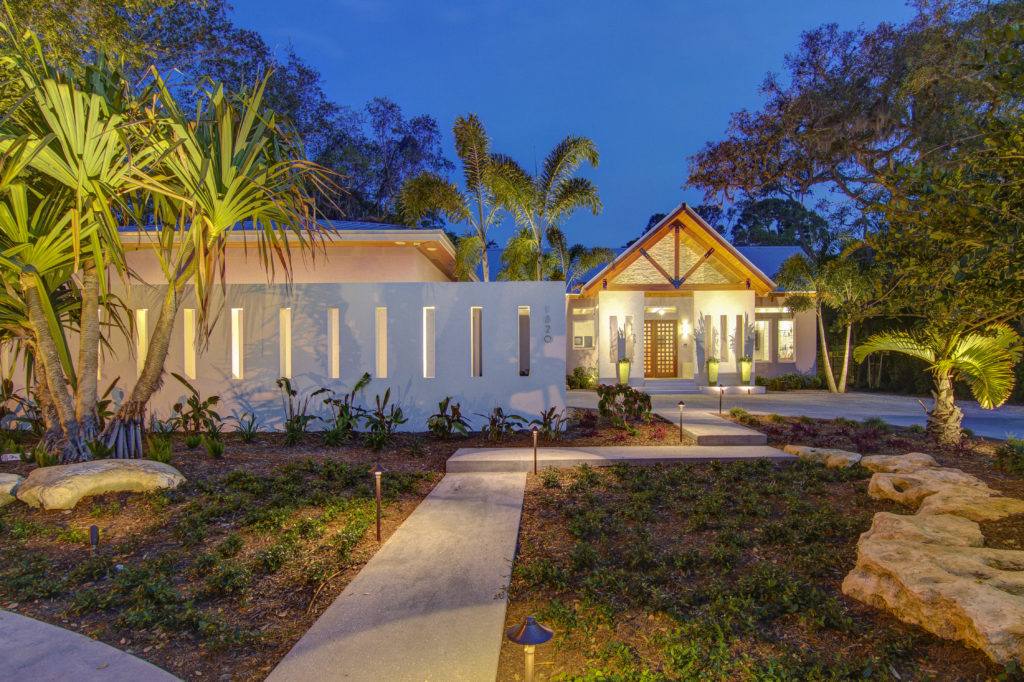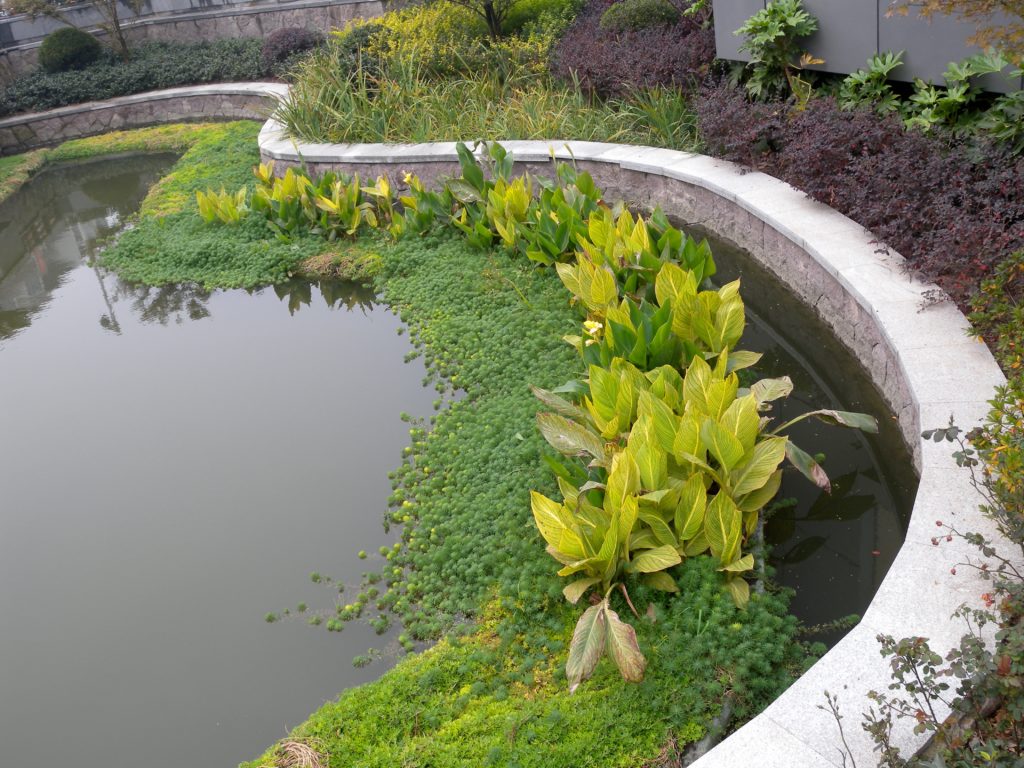Known by many names, including Green Infrastructure (GI) and Environmental Site Design, Low Impact Development (LID) is a new way to manage stormwater. It includes best management practices (BMPs) such as dry wells, vegetative swales, rain gardens, retention ponds, green roofs, green streets, tree boxes, stream buffers, rain harvesting, and pervious pavers that manage stormwater onsite instead of sending it off-site.
Learning to Love it
Soon LID will be a must, thanks to the new stormwater management requirements from the U.S. Environmental Protection Agency (EPA). Five years after announcing its plan to develop a National Stormwater Rule, EPA halted development of a one-size-fits-all rule. Instead, the agency will implement the stormwater rule in each Municipal Separate Stormwater Sewer System (or MS4) as permits come up for renewal every 5 years. As part of the renewal process, the National Pollutant Discharge Elimination System (NPDES) Phase II MS4 requirements must include post-construction runoff control.

Photographer: Larny Mack Photography
LID requires suitable site conditions and typically requires more up-front information about the building site, a more detailed stormwater management plan, and careful construction of Best Management Practices (BMPs). Most LID projects use a combination of sophisticated techniques and simple strategies like planting trees and designing sites to have fewer impervious surfaces. Where its use is appropriate, LID can provide builders and developers with reduced land clearing and grading costs, reduced infrastructure costs, and a smaller environmental footprint. In addition to these benefits, LID can appeal to ecofriendly buyers and enhance aesthetics, which can increase a project’s marketability.
What’s New in the World of LID?
Most builders are familiar with retention ponds, and raingardens, and other popular BMPs, but there are lots of new and innovative LID practices being employed around the country.

The city of Louisville, Kentucky, has expanded the idea of green streets to include green alleyways, going a step further to address the runoff associated with the community design trend of parking in the rear. Planners there are also designing stormwater curb extensions that extend the length of the sidewalk and reduce the crossing distance for pedestrians.
The state of Montana, as well as some scattered communities around the country, has been experimenting with BioHaven® Floating Islands. These natural floating islands create a concentrated wetland effect which means that 250 square feet of island translates to an acre’s worth of wetland surface area. These versatile floating islands can be launched in either shallow or deep water, and can be securely anchored or tethered to ensure that they remain in a specific location.

Charleston, South Carolina encourages developers to select portions of the site where the drainage pattern, topography, and soils are favorable for the intended use and fit the site design to follow the natural contours of the land. The goal is to minimize clearing and grading and preserve natural drainageways and patterns. This process identifies the smallest possible area on the site that would require land disturbance, which can also save a developer money.

Photographer: Ryan Gamma
In Vernon, Connecticut, developers are constructing cul-de-sacs with bioretention areas in the center to capture the drainage that runs toward the middle, enabling builders to keep the popular street design while limiting impervious area.
Some western states are using xeriscaping in their buffer strips. Xeriscape buffer strips use the same concept as vegetated ones, except they incorporate low- to no-water use plants and rock. Lawn areas adjacent to sidewalks, driveways, and streets are typically hotter and drier and require more water than areas not adjacent to these impervious surfaces. By planting a xeriscape buffer between sidewalks, driveways, and streets and the lawn, water needs will be reduced. Less runoff will also occur, as the xeriscape buffer strip captures and infiltrates the water leaving the lawn area.

Photographer: Anthony Rich
In many cases, LID techniques can reduce stormwater mitigation costs incurred by builders and developers, and may result in smaller or no detention ponds, allowing for more useable land. The city of Portland, Maine, offers a credit toward stormwater service charges, and the City of Cedar Rapids, Iowa, will be implementing a stormwater BMP cost share program for residents. Ann Arbor, Michigan, offers credits for the use of rain barrels on downspouts, creation of rain gardens, cisterns, or drywells and Kansas City, Missouri offers fee credit of up to 75 percent of the total monthly stormwater fee for property owners who maintain large pervious areas to absorb runoff or who properly install maintained stormwater detention structures.

The full article, written by Claire Worshtil, can be found here.

